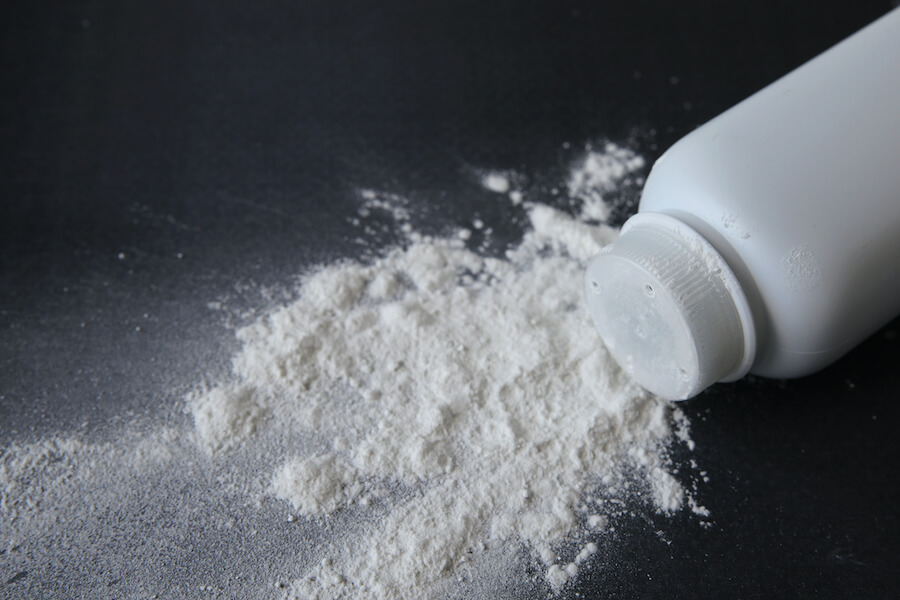According to TechSci Research report, “Talc Market –Global Industry Size, Share, Trends, Competition, Opportunity and Forecast, 2018-2028”, the Global Talc Market is anticipated to register a high CAGR during the forecast period. This can be ascribed to collaborations and partnerships among leading companies with a diverse approach to merge the expertise of individual companies and to strengthen their position in the market.
Talc’s inherent qualities of natural softness, chemical inertness, and plate-like structure render it an invaluable asset in enhancing paper quality, optimizing processing efficiency, and fostering sustainability. As the paper and pulp industry evolves to meet contemporary demands, the utilization of talc emerges as a significant driving force propelling the global talc market forward.
Browse over XX market data Figures and spread through 110 Pages and an in-depth TOC on “Global Talc Market.” – https://www.techsciresearch.com/report/talc-market/2682.html
Talc’s capacity to impart highly desirable properties to paper products positions it as a sought-after ingredient. When introduced to the paper pulp, talc enhances characteristics such as opacity, brightness, and printability. Its plate-like structure reflects light, contributing to paper opacity and brightness levels, thereby resulting in enhanced print quality and reduced ink consumption. Furthermore, talc acts as a filler, augmenting paper bulk and smoothness, ultimately leading to improved writing and printing experiences for consumers. Talc’s impact in the paper and pulp industry extends beyond paper quality; it also exerts a substantial influence on processing efficiency. The incorporation of talc during papermaking enhances water drainage and retention, thereby reducing the time and energy required for the drying process. This not only enhances production speed but also facilitates energy savings, rendering the manufacturing process more cost-effective and environmentally friendly. In an era where sustainability is a global imperative, talc’s utilization in the paper and pulp industry offers several advantages. By enhancing paper properties and processing efficiency, talc contributes to the reduction of raw material consumption and waste generation. Manufacturers are able to produce high-quality paper using less wood pulp, thereby resulting in resource conservation, and reduced environmental impact. Additionally, the improved opacity and brightness provided by talc enable the utilization of recycled fibers without compromising paper quality, thereby further promoting a circular economy. Beyond conventional paper products, talc finds applications in specialty areas of the paper and pulp industry. For instance, in coated papers, talc serves as a functional coating pigment, enhancing smoothness and printability. It also contributes to barrier properties, rendering paper packaging more resistant to oil and grease. In paper-based packaging materials, such as cartons and boxes, talc imparts stiffness and rigidity, thereby improving structural integrity.

As the industry evolves to meet the demands of digitalization and sustainability, talc’s unique properties continue to find new applications. From packaging materials that ensure product safety to paper products optimized for digital printing, talc’s versatility drives innovation and expands market. Governments have acknowledged the significant potential of the talc industry in fostering innovation and driving economic progress. Through strategic investments in research and development (R&D), governments actively promote the exploration of new applications and value-added products derived from talc. By funding research initiatives that delve into the diverse sectors of pharmaceuticals, automotive manufacturing, and agriculture, groundbreaking advancements can be achieved, expanding the market’s reach and attractiveness. In an era characterized by interconnectedness and dynamic market landscapes, industries worldwide are increasingly acknowledging the strategic value of collaborations and partnerships. Such alliances serve as effective tools for navigating challenges and capitalizing on opportunities. Moreover, cross-industry collaborations open doors to new markets and applications for talc. By partnering with sectors like plastics, automotive, and pharmaceuticals, novel uses for talc are discovered, extending its reach beyond conventional applications. As industries join forces, the global talc market not only benefits from a broader customer base but also gains exposure to innovative ideas that have the potential to reshape its future. A recent example of talc-related collaboration involves Meristem and Talc USA, who have joined hands to develop new talc-based products. As a result of this partnership, they have successfully introduced an enhanced planter box treatment called HOPPER THROTTLE, specifically designed for corn and soybeans.
However, growth in health concerns and disruptions in supply chain are expected to slow down the growth of the market in the coming years.
The Global Talc Market segmentation is based on Type of Deposition, Application, By Company, and Region
Some of the major companies operating in the Global Talc Market include:
- IMI Fabi SpA
- LITHOS Industrial Mineral GmbH
- Minerals technology Inc.
- Nippon Talc Co., Ltd.
- Superior Materials Inc.
- Laizhou Talc Industry Corp.
- Haichen Minchem Co.
- Liaoning qianhe Talc Group
- Sun Minerals Sdn Bhd
- Arihant Chemicals & Resins (India) Private Limited
Download Free Sample Report – https://www.techsciresearch.com/sample-report.aspx?cid=2682
Customers can also request for 10% free customization on this report.
“Certain regions, particularly the Asia Pacific, are projected to exert significant demand for talc worldwide. The growth in the competitive landscape and the presence of well-established companies in the market, committed to enhancing their talc productivity each year, are expected to contribute to a remarkable growth of the Global Talc Market in the forecast period,” said Mr. Karan Chechi, Research Director with TechSci Research, a research-based Global management consulting firm.
“Talc Market – Global Industry Size, Share, Trends, Opportunity, and Forecast, 2018-2028 Segmented By Type of Deposition (Talc Chlorite, Talc Carbonate, Others), By Application (Ceramics, Paper & Pulp, Pharmaceutical, Paints & Coatings, Plastics and Others), By Region, Competition has evaluated the future growth potential of Global Talc Market and provides statistics & information on market size, structure, and future market growth. The report intends to provide innovative market intelligence and help decision makers take sound investment decisions. Besides, the report also identifies and analyzes the emerging trends along with essential drivers, challenges, and opportunities in Global Talc Market
Contact
Mr. Ken Mathews
708 Third Avenue,
Manhattan, NY,
New York – 10017
Tel: +1-646-360-1656
Email: [email protected]
